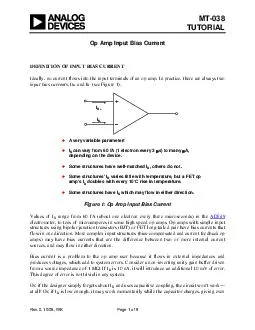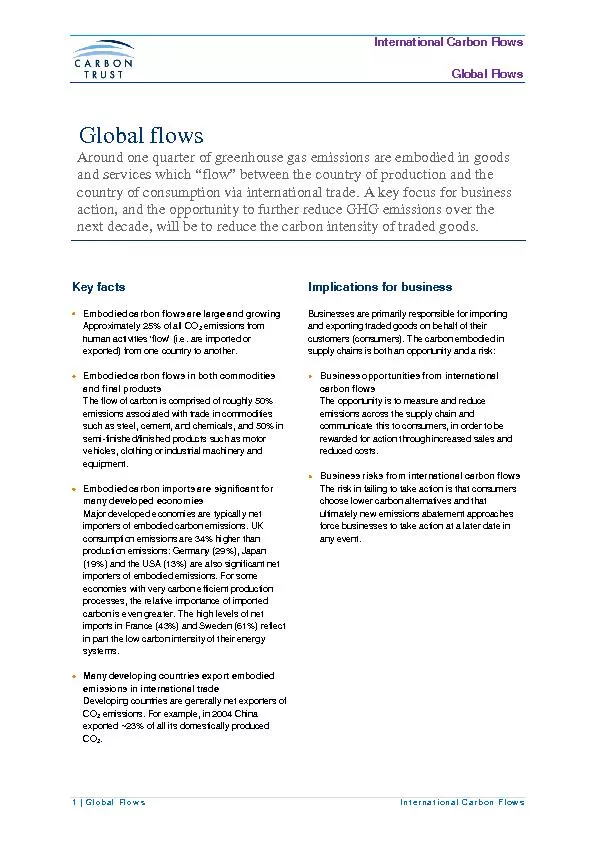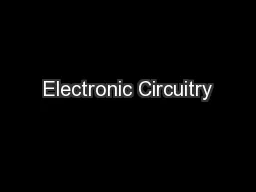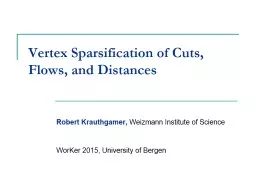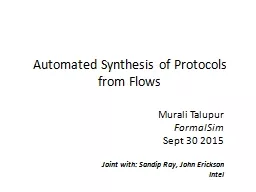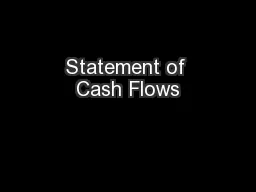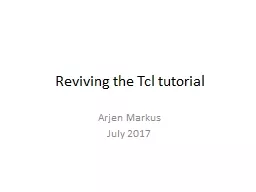PDF-MT TUTORIAL Op Amp Input Bias Current DEFINITION OF INPUT BIAS CURRENT Ideally no current
Author : phoebe-click | Published Date : 2015-03-15
In practice there are always two input bias currents I B and I B see Figure 1 Rev0 1008 WK Page 1 of 5 A very variable parameter B can vary from 60 fA 1 electron
Presentation Embed Code
Download Presentation
Download Presentation The PPT/PDF document "MT TUTORIAL Op Amp Input Bias Current DE..." is the property of its rightful owner. Permission is granted to download and print the materials on this website for personal, non-commercial use only, and to display it on your personal computer provided you do not modify the materials and that you retain all copyright notices contained in the materials. By downloading content from our website, you accept the terms of this agreement.
MT TUTORIAL Op Amp Input Bias Current DEFINITION OF INPUT BIAS CURRENT Ideally no current: Transcript
Download Rules Of Document
"MT TUTORIAL Op Amp Input Bias Current DEFINITION OF INPUT BIAS CURRENT Ideally no current"The content belongs to its owner. You may download and print it for personal use, without modification, and keep all copyright notices. By downloading, you agree to these terms.
Related Documents

